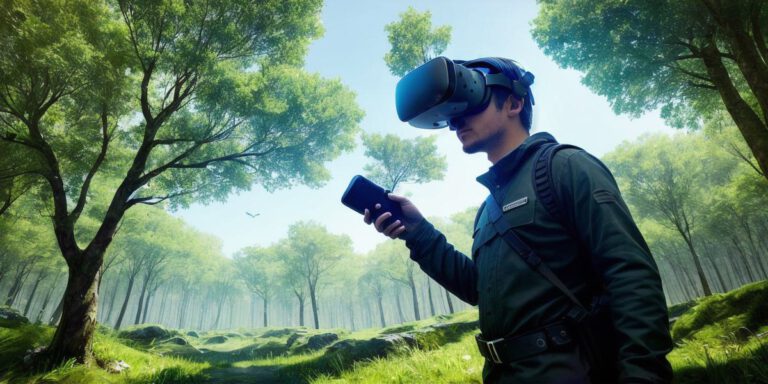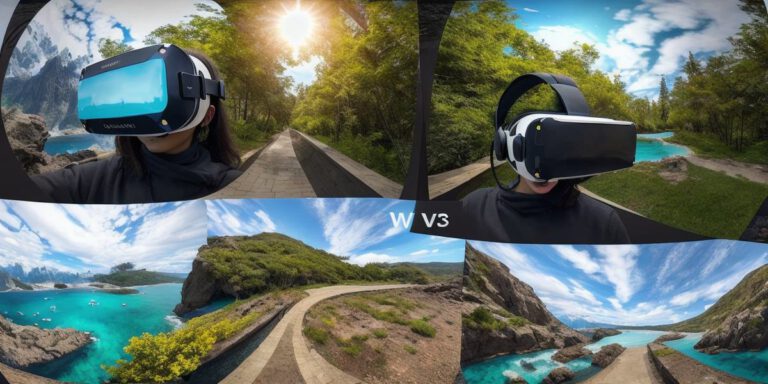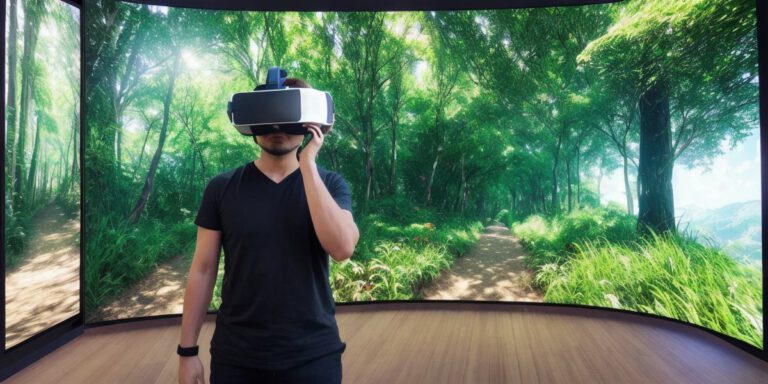The Future of Virtual Reality: Advancements, Predictions, and Impact on Development

As virtual reality (VR) technology continues to advance, it’s becoming increasingly clear that this immersive and interactive form of entertainment has the potential to revolutionize various industries. From gaming and education to healthcare and architecture, VR is already being used in a variety of applications that have the power to enhance user experiences and drive innovation.
One of the key trends driving advancements in VR is the growing availability of high-performance hardware and software. As hardware becomes more powerful, developers are able to create increasingly realistic and immersive environments that transport users into new worlds and allow them to interact with objects and characters in ways never before possible. Additionally, advances in AI and machine learning are enabling developers to create more intelligent and interactive virtual assistants that can help guide users through their VR experiences.
Despite these advancements, there are still many challenges facing the development of VR technology. One of the biggest hurdles is creating a seamless and intuitive user experience that allows users to interact with virtual objects in a natural and intuitive way. This requires careful consideration of ergonomics, usability, and accessibility, as well as an understanding of how users behave and interact with digital environments.

Despite these challenges, the potential benefits of VR are too great to ignore. For example, in healthcare, VR can be used to simulate surgeries and other medical procedures, allowing doctors to practice and perfect their techniques before performing them on actual patients. In education, VR can provide students with immersive experiences that allow them to explore complex subjects in a more engaging and interactive way. And in architecture, VR can be used to create virtual models of buildings and cities, enabling architects to test and refine designs before they are built.
Of course, these are just a few examples of the many potential applications for VR technology. As the technology continues to evolve, we can expect to see even more innovative uses of VR in the future. Whether you’re a developer looking to explore new frontiers or a user eager to experience something truly groundbreaking, it’s clear that the future of virtual reality is bright and full of exciting possibilities.
FAQs:
Q: What industries are using VR technology?
A: VR technology is being used in a variety of industries, including gaming, education, healthcare, architecture, and more.
Q: How has VR technology advanced in recent years?
A: Recent advancements in VR hardware and software have enabled developers to create increasingly realistic and immersive environments that transport users into new worlds and allow them to interact with objects and characters in ways never before possible. Additionally, advances in AI and machine learning are enabling developers to create more intelligent and interactive virtual assistants.
Q: What challenges do developers face when creating VR experiences?
A: Developers face a variety of challenges when creating VR experiences, including ergonomics, usability, and accessibility, as well as an understanding of how users behave and interact with digital environments.








